Dimensions of the work, at sight: 45 cm x 29 cm
Dimensions of the frame: 59 cm x 43.5 cm (recent frame)
Good condition – traces of folds.
Shipping: secure packaging and delivery by registered Colissimo with insurance, for mainland France: €30 - Other countries: contact us.
Maximilien Luce was born on March 13, 1858 in Paris.
After training at the Ecole des Arts Décoratifs, Luce studied engraving in 1872.
Started during his military service, he trained at the Swiss Academy and then at the Ecole des Beaux-Arts. He then began to enter Impressionism, particularly after his meeting with Camille Pissarro, Georges Seurat and Paul Signac. Together, they founded the Neo-Impressionist movement.
Until 1904, he painted the streets of Montmartre a lot. In addition to the streets, factories, and quays, he painted many paintings of Norman and Breton landscapes. He also painted scenes from the First World War. In 1917, his friend the painter Alfred Veillet took Luce to Rolleboise, a small village on the banks of the Seine near Mantes. Seduced, the artist soon bought a house there and from then on divided his stays between Paris and the Mantois countryside. Rolleboise was the setting for a more peaceful painting where we find scenes of country life, swimming, and landscapes of the banks of the Seine. In 1934, Maximilien Luce took over from Signac as president of the "Société des Artistes Indépendants". Luce died in Paris in 1941.














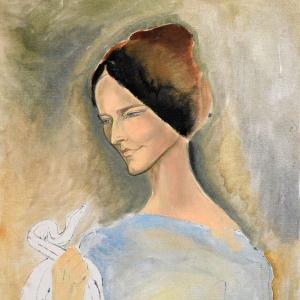


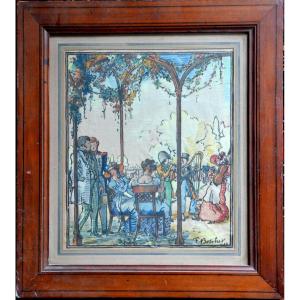
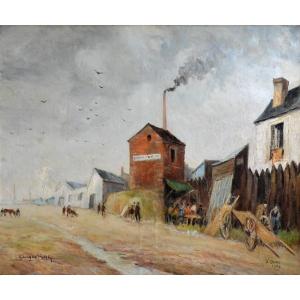
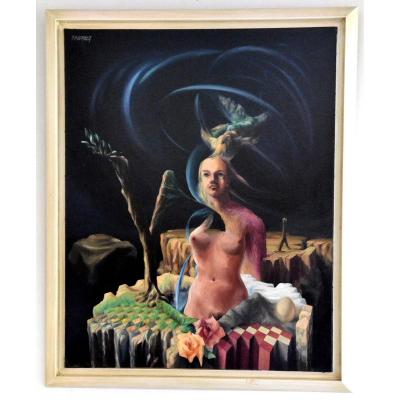



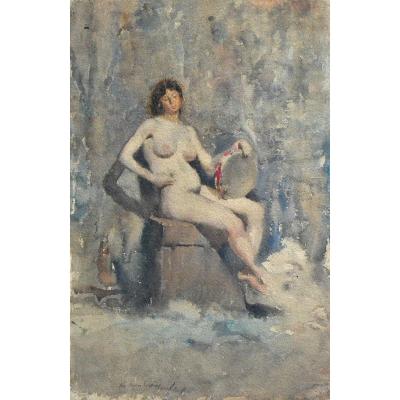
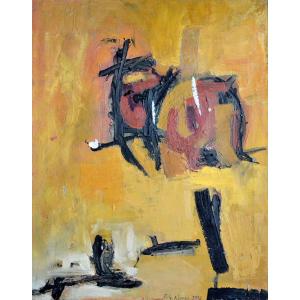
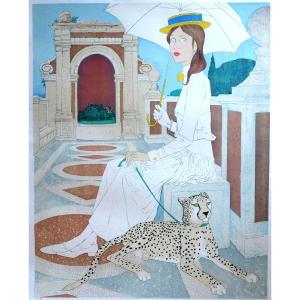
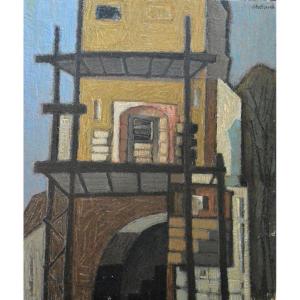
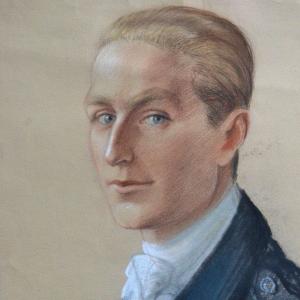
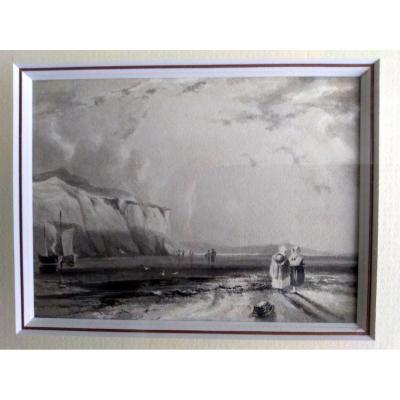
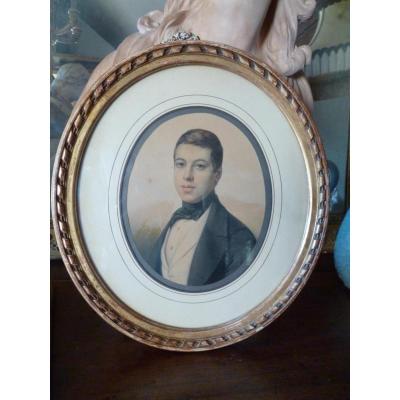
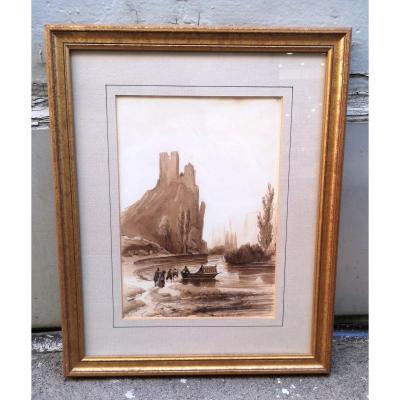

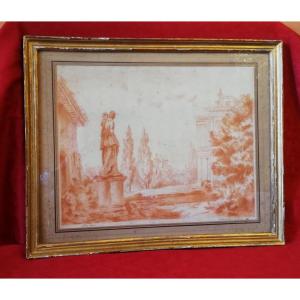



 Le Magazine de PROANTIC
Le Magazine de PROANTIC TRÉSORS Magazine
TRÉSORS Magazine Rivista Artiquariato
Rivista Artiquariato